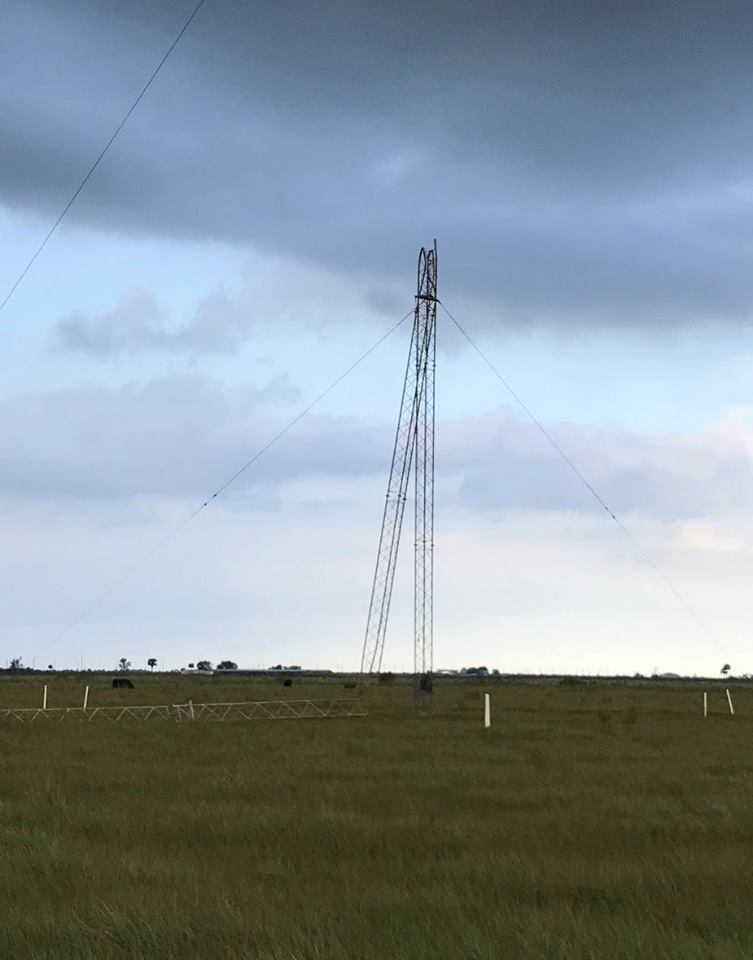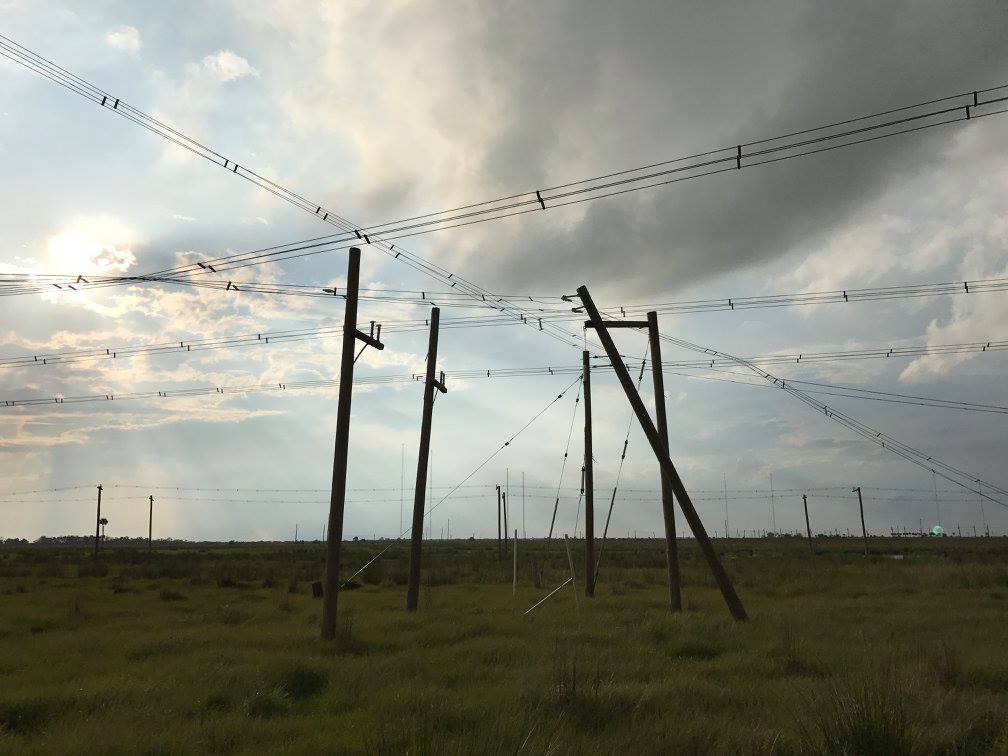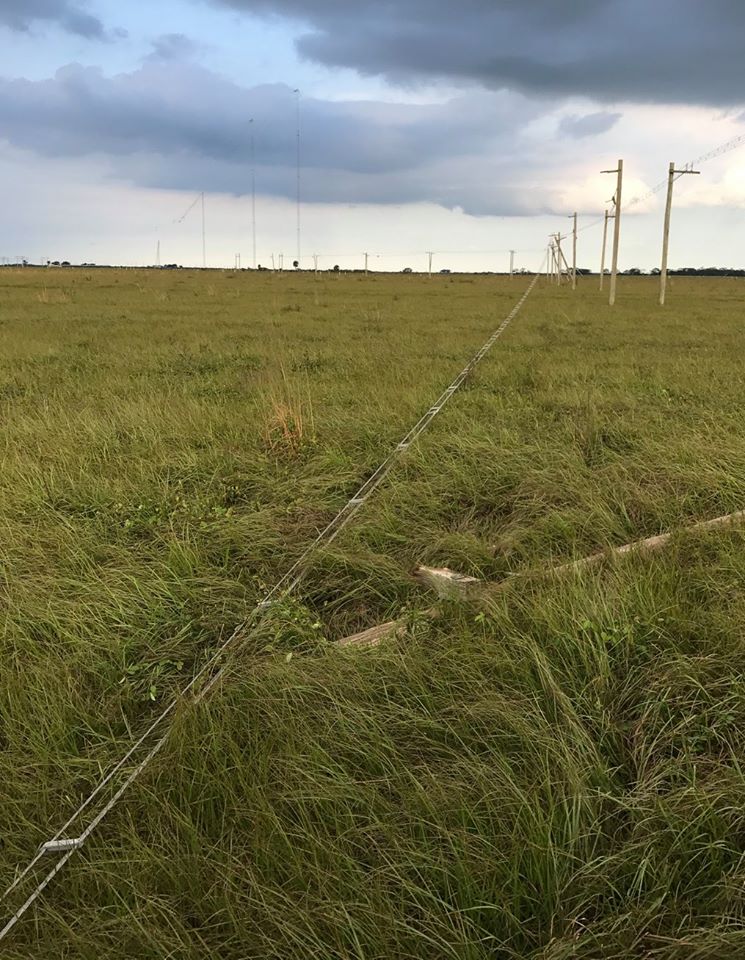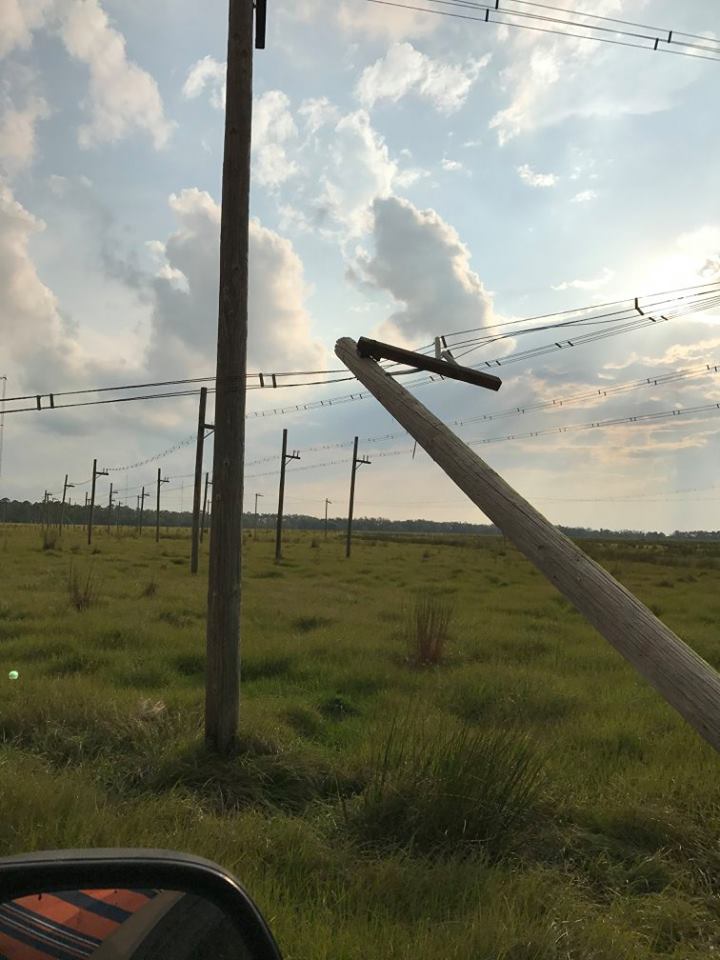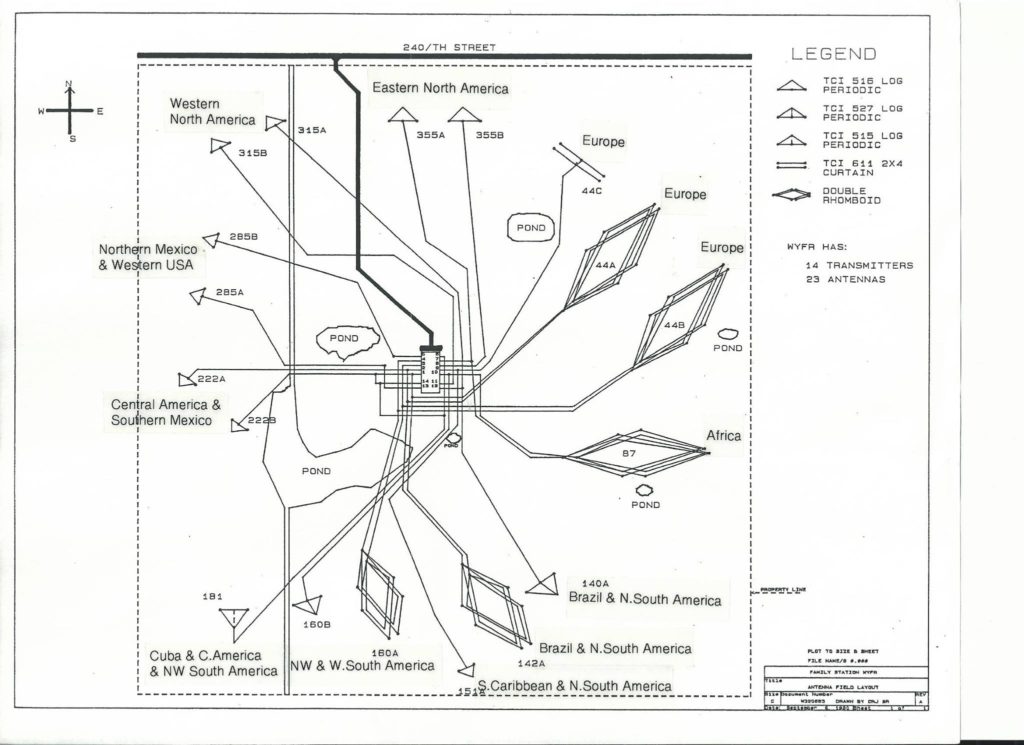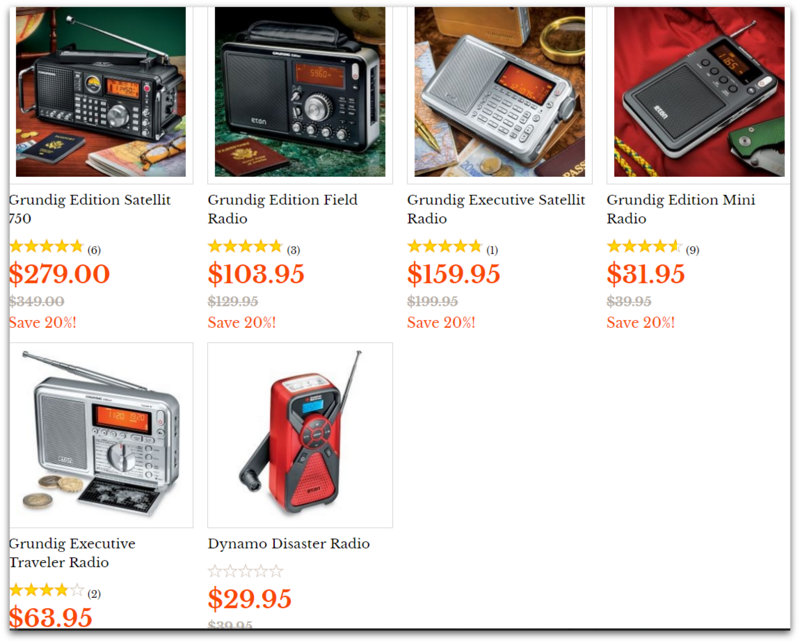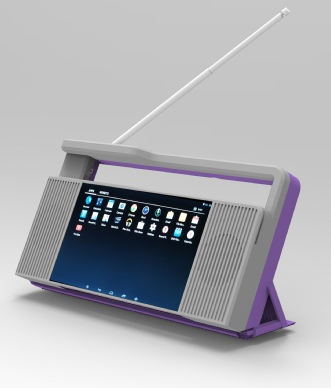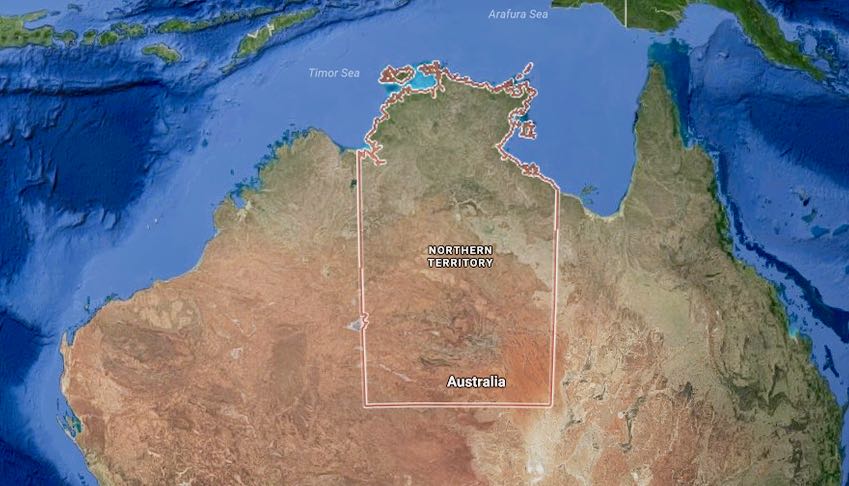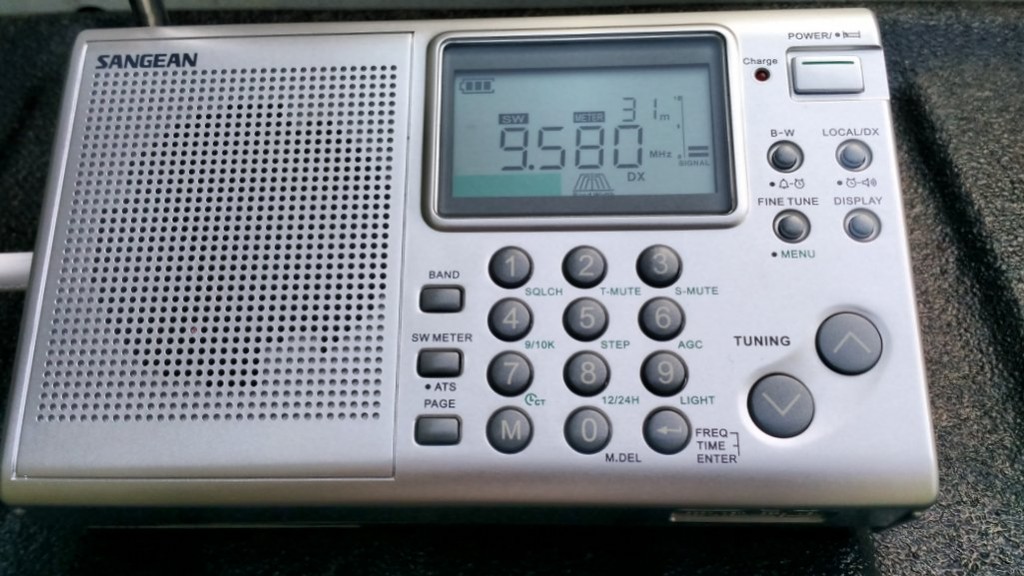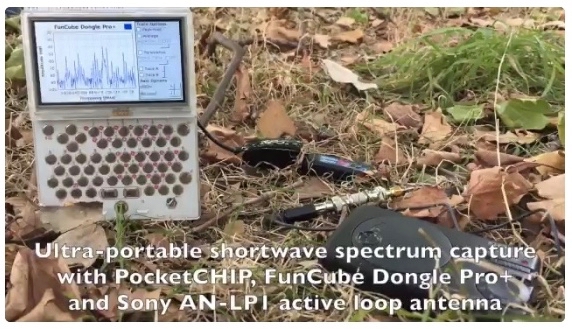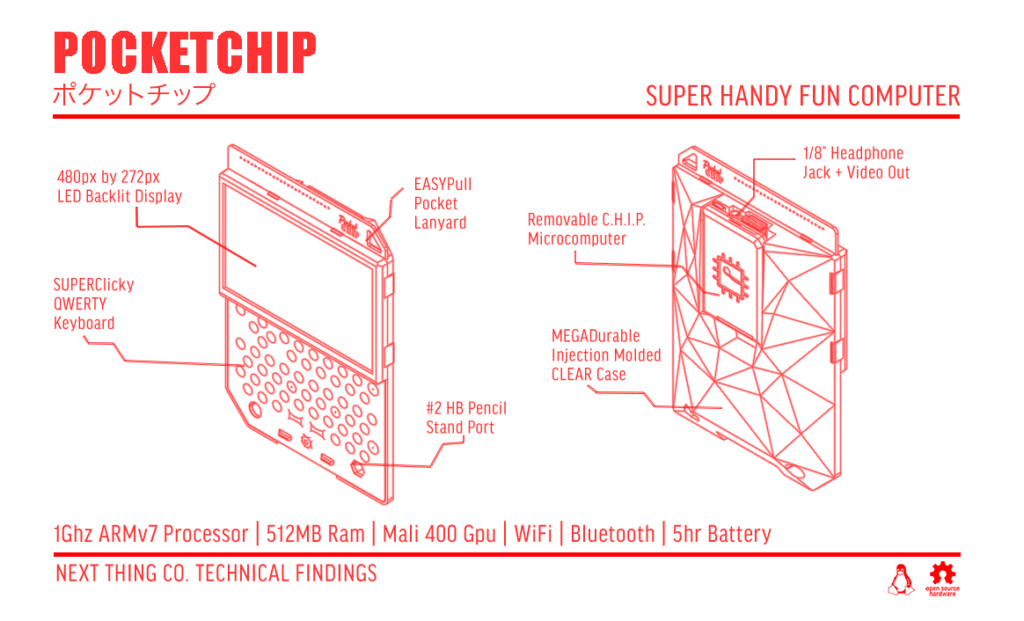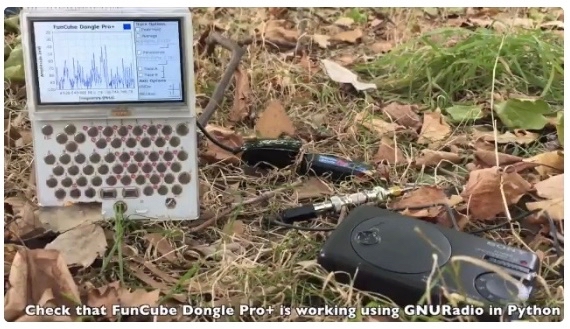From the Isle of Music, Sept 24-30
Electric 60s-70s
Most of this episode will be dedicated to some very interesting Cuban Rock and dance bands in the 60s and 70s, including some groups that were very popular in Cuba but little-known in other countries except among close followers of the music then.
Four opportunities to listen on shortwave:
1. For Eastern Europe but audible well beyond the target area in all directions with 100Kw, Sunday 1500-1600 UTC on SpaceLine, 9400 KHz,from Kostinbrod, Bulgaria (1800-1900 MSK)
2. For the Americas and parts of Europe, Tuesday 0000-0100 UTC on WBCQ, 7490 KHz from Monticello, ME, USA (Monday 8-9PM EDT in the US)
3 & 4. For Europe and sometimes beyond, Tuesday 1900-2000 UTC and Saturday 1200-1300 UTC on Channel 292, 6070 KHz from Rohrbach, Germany.
From the Isle of Music is not available for listening on demand but some broadcasts can be heard online during the time of the broadcast using Web SDRs or the WBCQ website (during their broadcast) if you are not receiving the radio signal.
Adults Mostly……
Send the kids out in the yard to play this week, on Episode 29 of Uncle Bill’s Melting Pot, we are going to listen to some classic Party records (if you are of a certain age, you know what those are) with a little bit of Greece on the side. Sunday, September 24 at 2200-2230 UTC (6:00pm-6:30pm EDT US) on WBCQ 7490 Khz, right after Marion’s Attic, and right before a rebroadcast (we think) of Ramsey’s Furthermore 29/54. Check us all out – if we’re going to Hell, we want company!



